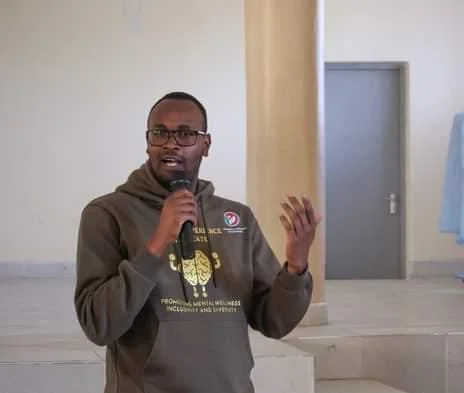John Mwangi is an LPA-certified coach who participated in the inaugural year of our All Voices program. A staunch and compassionate advocate for humane mental health services in his home country of Kenya, and founder of PDRO-Kenya (Psychosocial Development & Response Org.), John is using LPA principles to build cohorts of mental health advocates with lived experiences—while simultaneously applying LPA learnings to his own powerful advocacy.
He recently shared with us this candid reflection, a powerful testament to how the Path to Advocacy is continually revealing itself. —Tim Cage and John Capecci
For reader awareness:
The reflection below includes descriptions of traumatic experiences in a psychiatric facility.
A Narrow Path of Passion in My Advocacy
Before I learned about the Living Proof Advocacy method, my advocacy came from a place of raw pain and fierce passion — and rightly so.
My experience with the Kenyan mental health system wasn’t just difficult; it was a brutal unraveling of my dignity. I was locked away behind heavy metal doors that clanged shut like prison gates. The psychiatric wards were overcrowded, the air stale with the suffocating smell of sweat, urine, and forgotten humanity. Cracked walls, peeling paint, and the buzz of flickering lights were the background to every waking moment. The beds — if you could call them that — were filthy, crawling with fleas that left my body covered in bites.
But it wasn’t just the environment that crushed me. It was the people — the very ones tasked with providing care. Their hands, which should have offered help, instead delivered blows. I was whipped like an animal, punished simply for existing. Each strike wasn't just physical pain — it was a message: You don't matter. You are not human.
When they threw me into solitary confinement, they stripped me naked — leaving me exposed, humiliated, and alone. Four bare walls closed in on me. There was no bed, no blanket, just the cold floor beneath my skin. The silence was heavy, broken only by my own breathing and the distant, muffled cries of others trapped like me.
Lying there, I felt my spirit slipping away.
I remember thinking, Maybe they’re right. Maybe I am invisible. Maybe my life doesn’t matter. But somewhere deep inside, a tiny ember of defiance refused to die. A voice — faint but unyielding — whispered back: No. This is wrong. You deserve better. Everyone does.
That whisper grew into a fire. A fire fueled by every act of cruelty, every moment of abandonment. A fire that would later power my advocacy — not just to heal my own wounds, but to fight so no one else would ever be stripped of their dignity the way I had been.
I carried these painful memories with me, fueling my advocacy. I spoke with conviction, hoping my personal story would be the catalyst for change. But now, I see that my approach was narrow. My messages were often emotionally charged, filled with raw emotion, but they weren't always inviting or inclusive. I was speaking mostly to those who already shared my views and experiences — a common trap that many advocates fall into: preaching to the choir.
Then, something transformative happened. I encountered Living Proof Advocacy — an approach that made me rethink everything. I learned that advocacy wasn’t just about pouring out my soul; it was about persuading those who hadn’t yet seen the full picture. It was about acknowledging different perspectives, not pushing people away with blame, but inviting them in with understanding.
With this newfound knowledge, I began to craft messages that invited people into the conversation. Instead of merely shouting about the injustices, I started to frame the conversation differently.
For example, instead of saying, “Mental health services are grossly underfunded, and people are dying as a result,”
I began to say:
“Investing in mental health care is more than a moral duty — it’s an investment in the future. For every shilling we spend on mental health, we save four shillings in reduced emergency care, and lost productivity. This isn’t just about compassion; it’s smart, strategic policy for the whole community.”
I found that framing the issue this way invited everyone to see the value in the solution. It wasn’t about guilt or shame — it was about shared interests and practical benefits that made sense to everyone, regardless of their political leanings or personal beliefs.
What followed was nothing short of a revelation. By shifting my focus from anger to persuasion, I began to see more people engaging with the issue. Conversations became more productive. Skeptics weren’t just pushed away or ignored; they were invited to understand. It was no longer just about me and my personal pain; it became about all of us and how we could collectively build a better, more compassionate society.
“Looking back on my journey, I realize that true advocacy isn’t just about speaking louder; it’s about speaking smarter.”
The Living Proof Advocacy method taught me that the real power of advocacy lies not in what you demand, but in how you invite others to share in your cause. It’s about speaking to the heart and connecting in ways that turn indifference into action.
Looking back on my journey, I realize that true advocacy isn’t just about speaking louder; it’s about speaking smarter. It’s about crafting messages that reach everyone, not just those who already agree with you. It’s about connecting, finding common ground, and persuading those who are still on the fence. This is how real change happens.
Living Proof Advocacy didn’t just change my approach — it changed the way I view the power of storytelling itself. It taught me that everyone has a role to play in change, and it’s my job to invite them to be part of the solution.


